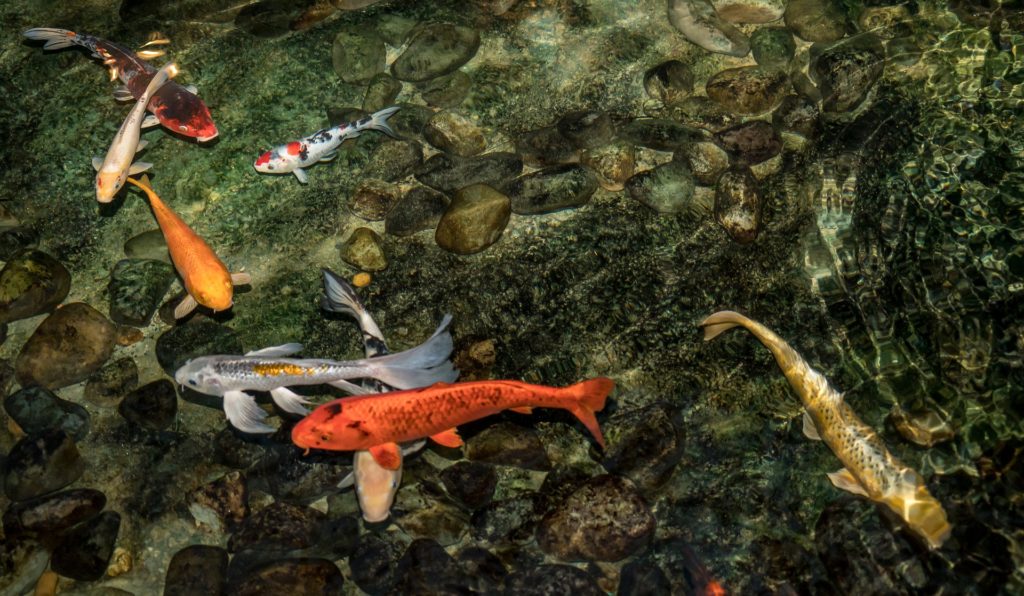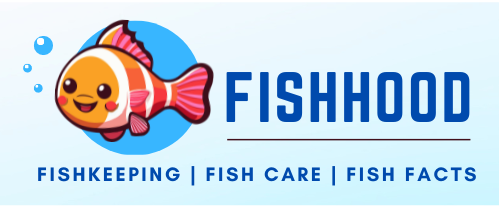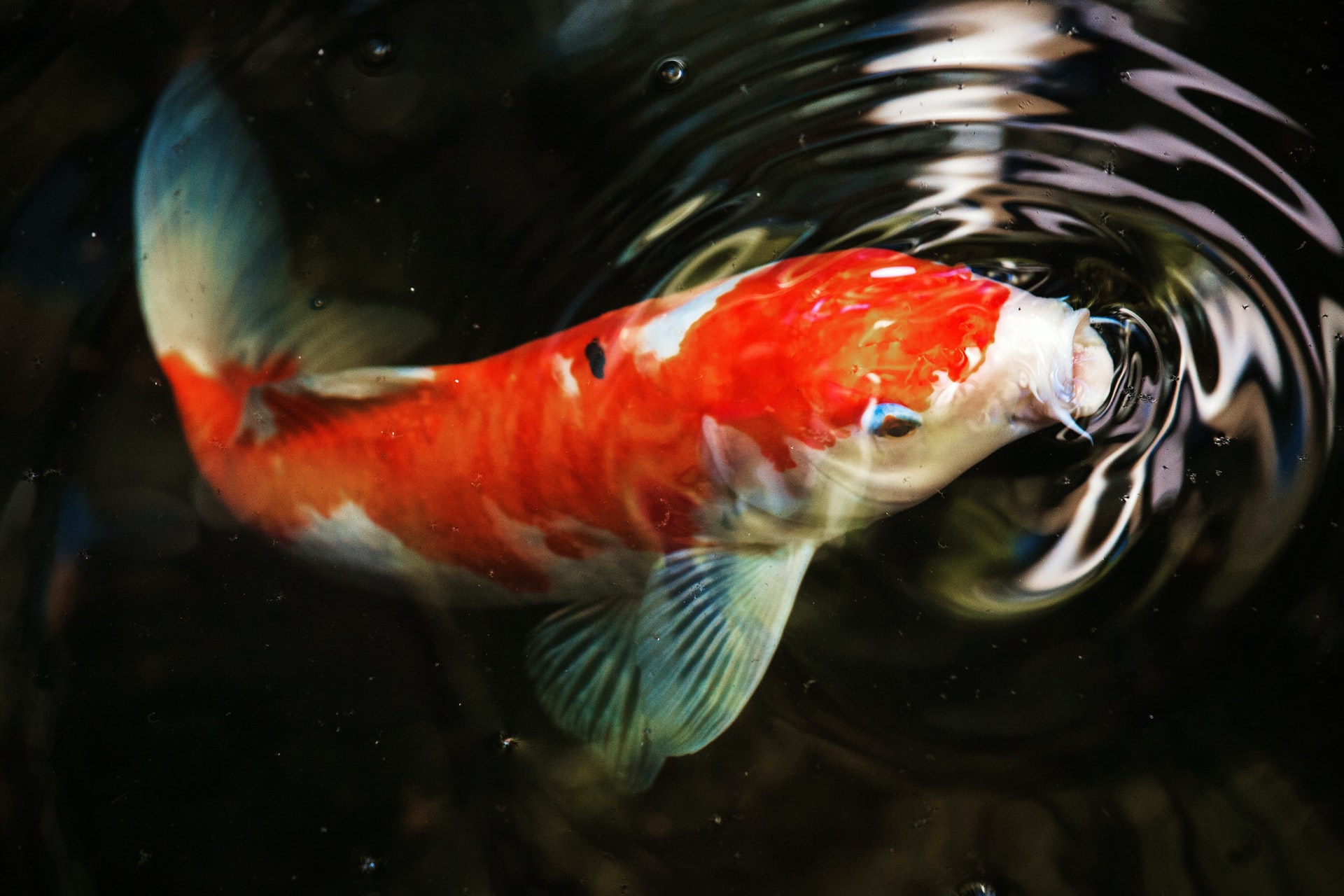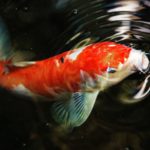
What Do Koi Fish Eat? A Guide To Their Diet And Nutrition.
Koi fish are a type of carp that are often kept in ponds and water gardens. Koi are exotic pet fish and are highly desired for their coloration. They are a hardy fish and can survive in a variety of water conditions, making them a good choice for ponds. They are known for their bright colors and impressive size. Koi are omnivorous fish, which means that they eat both plants and animals.
In the wild, koi fish will eat a variety of things, including worms, insects, small crustaceans, algae, seeds and small aquatic creatures. In captivity, koi can be fed a variety of different foods. Some common items include pellets, flake food, brine shrimp, freeze-dried food, live food, dried-food, some fruits (banana slices, orange slices), few vegetables (cucumber slices) and some human food like bread, cheese, boiled corn and cooked rice.
It is important to feed koi fish a balanced diet to keep them healthy. Some foods are good to your koi and some are bad if fed in excess.
As an omnivore they will pretty much eat anything that can fit their mouth. Koi instinctively seek their food near to the bottom of the pond. They are also called bottom feeders.
Just as humans, like to eat, so do the koi fish like to eat too. And very much like us they happily consume food high in fat or packed with carbohydrates without having a second thought for how they pan out in the long run.
You will be amazed to know some of the foods that Koi love to eat, like cooked rice and white bread which provide a ton of carbohydrates but little nutritional benefits. This makes your koi to load on weight pretty easily without any real nutrition.
Food Items Koi Fish Love To Eat The Most:
If you are wondering what kind of food your favorite fish likes to eat the most you better take a look and read through my research. You will have absolutely no problem hand feeding your koi as long as you have these food items in your hand. The Koi will keep coming back to your hand as long as you are holding these foods in your hand.
The kind of food koi fish absolutely love to eat and enjoys a lot in a pond are dried shrimps, dried silkworms, dried meal-worm, earthworm, crayfish, cheese, bread, boiled corn and cooked rice. Your koi is going to absolutely love you when you feed these to them.
You can also catch some live and fresh worms or shrimps to feed your koi, if you are not afraid of getting your hands dirty. Since, dried koi foods are easy to store and have a longer shelf life most koi hobbyists prefer to feed dried meal rather than the fresh ones.
It was a great surprise for me to see these koi enjoying eatables that are complete made by men, like bread, cooked rice and cheese. Never thought that a pet fish would develop the same taste as we, humans do.
During my research to find out the best sustenance for koi, I watched these fish are rushing towards the hand of the feeder to grab the food first with their mouths. These foods are their favorite snacks and a treat of course.
What are the benefits of feeding your koi the right food?
Feeding your koi with the right kind of food which is both nutritional and healthy is important. A koi needs nutritional diet and a good environment to stay healthy. A healthy koi fish will feed readily, be active in the pond and have good skin lustre.
A healthy koi with a good skin lustre and coloration can are highly demanded by koi pet owners. You can receive thousands of dollars for your koi if it is healthy and looks good. You might also win a koi tournament. So, if you focus on the health and nutrition aspect of your fish for a commercial reason you might get lucky.
A healthy koi kept in a good environment with proper care and nutrition will always make you happy. You need to make sure the quality of the environment is good for the koi to prosper. As it is directly related to the health and well being of the fish. The better the water the healthier the fish will be.
Feeding Your Koi The Right Food To Eat: Variety Matters
If you are planning to feed your koi with one type of food and you think it will guarantee their complete nutrition and heath you might be wrong on this note. Remember koi are pond fish which grow bigger as year passes by. They can get 2 feet easily and may reach to 3 feet provided with suitable habitat and care.
You must ensure your favorite koi eats a variety of food items. And a variety of these foods can be fresh, dried or frozen. A mixture of these ingredients is an important factor to ensure proper nutrition. Koi food can be plant and animal based and a wide variety of the two types should be provided to your koi.
There are many different types of food that can be fed to koi fish. The most important thing is to make sure that they are getting a balanced diet. Foods that koi fish eat are further divided into categories:
- Plants– Koi fish enjoy eating plants, and they provide a good source of nutrients. Some good plant choices include algae, cucumbers and romaine lettuce.
- Bait– Koi fish love to eat bait, such as earthworms, bloodworms and silkworms.
- Bakery Products– Koi fish enjoy bread a lot.
- Pellets– These are specially made food pellets that are specifically designed for koi fish.
- Live food – This can include worms, insects and crayfish.
- Frozen or dried food – This can include shrimps, mealworms and other small fish.
- Fruits – Banana slices, orange slices and watermelon.
Koi Nutrition:
Making your koi fish eat the right food is big priority for most koi owners. Proper nutrition makes the koi healthy and stands out among others with shiny skin, bold color and swift movements. Champion koi fish is not produced in a day, it is an everyday collective effort from your side to feed your koi with the best nutrition available in the market. A healthy koi lives longer, seems beautiful, cheerful and swims faster.
How To Make The Best Commercial Food Choices For Your Koi:
In the world of commercial koi food you get what you pay for. Commercial brands with not so good koi food exist alongside the brands with good quality koi food. Stick to the article dear reader and I will walk you through it in this section.
Koi food manufacturers spend hundreds of thousands of dollars to make their product. This includes the packaging and labelling also. Attractive labels and packaging will entice you to buy the container and spend more than you planned for. And you will be distracted from your goal, which is to buy the best nutrition available for your koi.
What You Should Look In Commercial Koi Food:
Pellet size is most important. If your koi is not able to suck the pellet into its mouth due to its big size then it has to wait longer, for it to fall apart. Small or young Koi (4 inches or less) need a pellet about one-eighth inch. Quarter-inch pellets are recommended for adult koi.
Just ensuring the right size is not enough, you have to pay attention to variety of ingredients and to the levels of protein, vitamin, fat and minerals. To make long story short, you have to read through the content list on the koi food container in order to ensure these important nutrients are at appropriate levels and the food draws its ingredients from varying sources.
Protein:
Protein is essential for your koi because they need it for energy, tissue repair and growth. Fish meal and soybeans are considered the best sources of protein in a koi diet. Animal protein derived from chicken is not as digestible. Fish sources may include shrimp meal (crustacean meal), anchovy meal, herring meal and whitefish meal.
Depending upon the season and age of your koi the protein content may be 25% to 36% of the diet. In summer during warmer temperature the energy need of your koi fish increases.
Summer time: Protein should be 30% to 36% of your koi’s diet because energy needs are high for your koi fish and they are active during warmer temperature.
Winter time: You can consider 25 percent of protein content in the koi’s diet during the winter and also the fall time. Please notice the temperature and then plan your koi’s diet. They are less active and have a slower metabolism rate during winter.
When they are young (under 3 years of age): Protein content should be 30% to 36% of their diet.
Carbohydrates:
Carbohydrates are good source of energy. They are present in vegetable and fruit based diet. Your koi will break down protein for their energy requirement if you do not feed them easy to obtain energy, in form of carbohydrates (carbs). This will lead to huge amounts of ammonia output in the pond and will put a lot of pressure in the water filtration system.
If you give your koi too many carbs, they will get chubby and unhealthy. Nobody knows for sure how much carbohydrates is actually needed for the koi but most people suggest it to be in between 30% to 35%. At most it can be 60% to be on the safer side, not more than that in most cases. You should prefer plant-based food when you are looking for a commercial koi food.
Some good plant based-carbs can be derived from wheat, corn, soybeans and rose hips. Remember that koi fish loves to eat carbs based food, so, be wise not to overfeed them.
Lipids:
Fats and oils (lipids) are another source of energy and also fat soluble vitamins (A,D,E and K). A good koi diet consists of 3% to 10% fat which can be derived from animal-based food like shrimp meal, fish oil and wheat germ oil. Since, the metabolism of the koi reduces in winter they will like to eat easy to digest fat content. Fat content from wheat germ is good for winter.
Vitamins and minerals:
Another key component that a koi must eat in its diet. Very little is known of the exact levels required by koi, but those vitamins and minerals that are included in long-established commercial foods can be trusted.
Fiber:
Fiber is good for your koi and generally makes up about 5% of commercial diets. Plant-based foods are viewed as a good source of fiber like ground corn, oats and wheat germ. You need to reduce the fiber intake of koi in cooler months.
Foods such as wheat germ pellets have a fiber content of 2% to 3% which is ideal for winters. The more the fiber content is in the food the more bulk is in the excreted feces of the koi fish. So, if you feed your koi less fiber, the less bulk is in their excreted feces.
But in practice, however, you must never attempt to regulate feces composition via diet. Rather, feed a standard commercial diet and use adequate filtration for the number of koi you have.
How often do you need to feed koi?
Koi need at least 2 percent of their body weight in food per day for a very basic maintenance diet. Most Koi owners agree that capturing and weighing the koi puts a lot of stress on them. So, what they do instead is toss some Koi food pellets and wait five minutes.
If the food is gone, they toss in some more pellets and wait another five minutes. You are to notice the amount of food that the Koi eat in five minutes. The basic recommended amount to begin with is a teaspoon of food per 5 inches of fish per feeding.
Feeding Times For Koi:
You can feed your Koi in the morning or during daytime. Daylight hour is the best time to feed your koi. Just stick to a schedule and you will soon discover your fish gathering near the feeding station and getting excited as you approach them.
Feeding smaller amounts of food but more frequently will put less strain on your filter. Lesser quantity of food at regular intervals means less excretion and effective filtration by your filter in the pond. Less excretion means the ammonia levels will be less and the water will remain clear and rich in oxygen.
Do Koi Fish Bite?
Koi fish cannot actually bite you because they have tooth-like structures at the back of the throat that grind food before it is swallowed, making it more accessible to digestive enzymes.
They might pull your finger into their mouth while you try to hand feed them but it is harmless. So, a Koi cannot bite your finger off.
Do Koi Eat Other Fish For Food?
There is a lot of debate over whether or not koi eat other fish. Some people say that they do, while other people say that they don’t. The truth is that koi can eat other fish, but there is no concrete evidence to suggest that they do so on a regular basis.
Koi are omnivorous fish, which means that they eat both plants and animals. This means that they can and will eat other fish if they are available. In general, koi will eat any small fish or invertebrate that they can catch. They have been known to eat other smaller koi, but usually only when there is a shortage of food. However, most koi in captivity are fed a diet of pellets, so they do not typically hunt other fish.
References:
- premierpond
- a-z-animals
- Koi For Dummies by R.D. Bartlett and Patricia Bartlett
- Encyclopedia of Aquarium & Pond Fish by David Alderton
- AboutKoi- Koi food Treats and Feeding | Feeding Koi experiment





